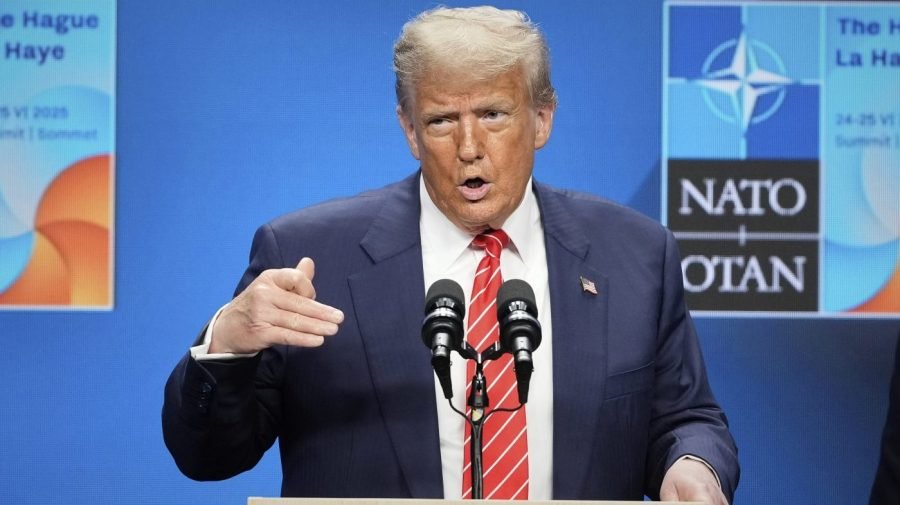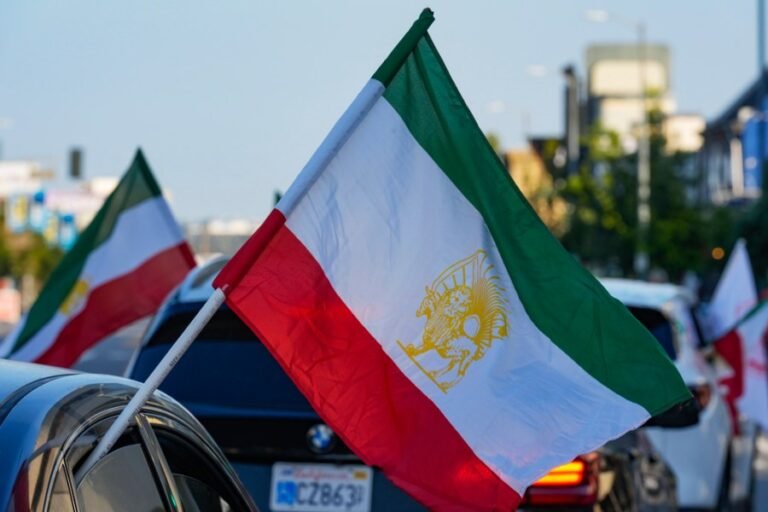
The NATO summit this week may disappoint both defense and fiscal hawks in the U.S. because of a deceptively simple number: defense spending as a percentage of gross domestic product.
As President Trump pushes European allies to spend 5 percent of GDP on defense — something the U.S. has not done since 1990 — the bar has been set to produce disappointment. Setting an arbitrary target for defense spending as a percentage of GDP makes no sense and is bad policy for both the alliance and America.
My issue is not with the need for all NATO members to increase defense spending given the threats the alliance faces. I understand the temptation to use a simple number to convey a more complex argument. My issue is using defense as a share of GDP as a target, because it puts the budget ahead of strategy and creates perverse incentives.
Defense spending as a share of GDP is the ratio between two weakly correlated amounts: defense spending in the numerator and economic output in the denominator. These numbers are driven by different forces, which can produce counterintuitive results. If defense spending grows and GDP grows even faster, the ratio becomes smaller. Why is that a bad thing? Likewise, if defense spending declines and GDP declines even faster, the ratio becomes larger. Is that really what proponents want?
Defense as a share of GDP measures the economic burden of defense rather than the actual level of defense spending. It is true that the U.S. has spent a much higher economic share on defense in the past, but we have never remained at a steady level of defense spending, either in inflation-adjusted dollars or as a share of the economy.
From the end of the Korean War through the end of the Cold War, the U.S. spent an average of 6.6 percent of GDP on defense. Since then, the nation has averaged 3.2 percent. While historical data suggests how much spending we can afford, it tells us nothing about how much we should be spending now.
Fixing the defense budget as a share of GDP ties that budget to the economy rather than to any strategy. It makes defense spending subject to the whims of the business cycle that drives GDP. Instead of justifying the resources required, it lazily relies on an arbitrary target based on the nation’s ability to spend rather than what it actually needs to spend. The levels proposed for NATO, whether 3.5 percent or 5 percent, have little historical basis and are often thin on details that add up to the amount implied.
The Congressional Budget Office estimates that U.S. GDP will climb to $35.7 trillion by 2030, so 5 percent for defense would mean a Pentagon budget of $1.78 trillion — roughly double the current level. Could we even spend that much additional funding productively in such a short time?
This is where using the ratio becomes counterproductive. When you start to unpack the argument for a particular share of GDP, the logic is circular: we need to spend more because we’re not spending enough to meet the (arbitrary) target. It makes the debate about money rather than military need.
A compelling case for higher defense spending should be grounded in strategy and in what NATO militaries need to execute that strategy. Arguing over an arbitrary percentage of GDP distracts from the real and specific needs of the military, and these details matter. How much we spend is important, but how we spend it is even more important.
Attempting to peg the defense budget as a share of GDP is an approach that has failed time and again. It overshadows the urgent need to rebuild allied military capabilities and capacity. Advocates of higher NATO defense spending have the burden of proof — they must make the case for what specifically is needed, and they must defend these choices on the strategic merits.
NATO should be setting force structure and modernization targets instead of arguing over percentages. Anything less is intellectually lazy and unlikely to succeed in the long run.
Todd Harrison is a senior fellow at the American Enterprise Institute and the author of a recent paper titled “How Much Is Too Much?”


